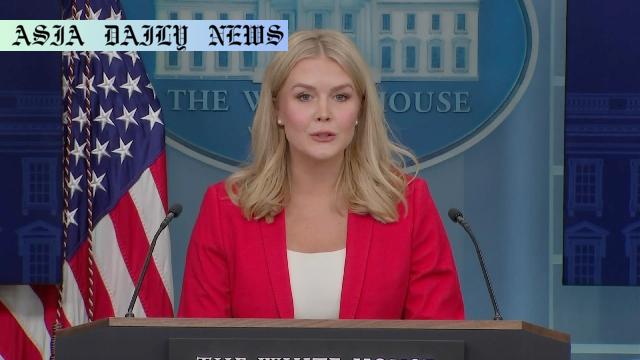Press Access: White House Press Pool Decisions Spark Debate

Introduction: Revamping Press Access
The White House, under President Donald Trump’s administration, has announced plans to overhaul press access policies. This decision has drawn widespread attention, with both supporters and detractors voicing strong opinions. At its core, the policy allows the White House press team to determine which media outlets are permitted access to cover the president. This represents a significant departure from the historical practice where the White House Correspondents’ Association played a central role in organizing access.
Historic Context and Current System
Traditionally, journalists accredited by the White House Correspondents’ Association (WHCA) shared responsibilities in covering the president. This included rotations for access to the Oval Office, Air Force One, and other presidential events. By involving a broad set of media representatives, this arrangement upheld transparency and reflect inclusivity in press coverage.
New Guidelines and Statements
In a press briefing, White House Press Secretary Karoline Leavitt outlined the administration’s rationale for the changes. She emphasized that the new policy aims to broaden representation by welcoming emerging media outlets such as streaming platforms while reducing the perceived ‘monopoly’ of legacy media organizations. While legacy outlets will still be included, the administration believes expanding access will bring diverse voices to the table.
Reactions from Stakeholders
This decision has sparked a strong response from advocates of press freedom. The WHCA quickly condemned the move, arguing that such policies threaten the independence of journalism in democratic societies. Additionally, many critics worry that this shift enables those in power to control narratives by selectively granting or denying access to journalists who may challenge them.
The Associated Press (AP), one of the country’s most prominent news agencies, has already faced consequences under the new approach. The White House banned the AP from participating in presidential news events after it declined to refer to the Gulf of Mexico as the Gulf of America. The AP has since filed a lawsuit, citing constitutional violations and signaling a looming legal battle over freedom of the press.
Perspectives on Freedom of the Press
The crux of the issue lies at the intersection of access, power, and journalistic independence. Critics argue that when the government decides which journalists are given access, it places unprecedented control over the flow of information. This risks transforming a free and open press into one tailored to align more closely with the administration’s interests.
Implications for Emerging Media
On the other hand, proponents of the policy point to its potential benefits, including opportunities for emerging media outlets. Many argue that newer platforms often lack the resources to break into the traditional press pool and are thus excluded from pivotal conversations simply because of their size or lack of history. Broadening access to include these journalists could lead to fresh perspectives and enhance reporting diversity.
The Legal Dimension
Legal experts believe that significant constitutional questions may arise from this policy change. The First Amendment guarantees a free press, and courts may need to determine whether selectively granting access constitutes viewpoint discrimination. Given the legal proceedings initiated by the AP, the judiciary’s role in resolving disputes between the government and the press will be pivotal in setting future precedents.
Conclusion
As the administration moves forward with these changes, the broader implications for democracy and accountability remain uncertain. A balance must be struck between fostering inclusivity for new media platforms and maintaining the foundational principles of a free press. As lawsuits and political debate continue, these developments will likely have lasting effects on the relationship between the government and the media. Whether these reforms will empower or undermine journalistic independence remains to be seen.
Commentary
Balancing Access and Accountability
The ongoing debate over the White House’s new press access policy underscores a pivotal question: who decides which voices are heard? On the one hand, the idea of expanding access to include emerging media outlets aligns with the principle of inclusivity and provides space for diverse viewpoints. By inviting new players to participate, the administration could potentially enrich the media landscape and offer perspectives that legacy outlets occasionally overlook.
Risks to Journalistic Independence
However, any policy that centralizes control risks eroding the principles of transparency and accountability that are central to democracy. Press access decisions made by government officials can create an environment where those in power wield disproportionate influence over public discourse. The foundation of a free press rests on the ability to independently challenge authority, hold leaders accountable, and seek truth without fear of retaliation.
Importance of Oversight and Dialogue
This policy change calls for vigilant oversight from both the public and legal institutions. Open dialogue between the White House, the WHCA, and concerned stakeholders could potentially safeguard press freedoms while addressing the administration’s goals for diversity. As legal battles unfold, the courts may play a critical role in upholding constitutional principles and setting clear boundaries regarding press access policies.
Ultimately, the relationship between the press and the government must prioritize the public’s right to information. It is essential to remain cautious, ensuring that reforms aimed at broadening access do not unintentionally undermine the very freedoms that empower journalism.


